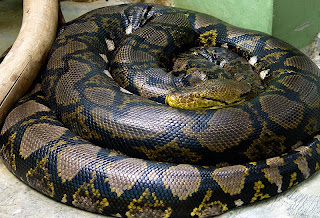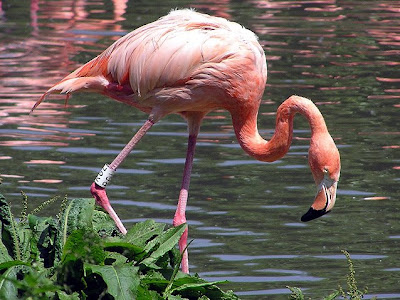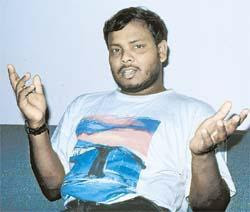
Setting a world record, India launched on April 28 2008, a rocket PSLV-C9 carrying 10 artificial satellites, a record number for the country's space program, national television reported. It is for the first time in the world that ten satellites were launched in a single mission. Russia had earlier launched eight satellites together. This was the PSLV's twelfth successful flight (one was unsuccessful). This is the third time, the PSLV has been launched in the core alone version, without the six solid propellant first stage strap-on motors.
The Indian Space Research Organization (ISRO) carried out the launch from the Sriharikota island in the Bay of Bengal. At the end of the 52-hour countdown, the PSLV-C9, with a lift-off mass of 230 tonne, blasted off from the launch pad at the Satish Dhawan Space Centre and soared into the clear sky in a textbook launch. Fourteen minutes after lift off, the fourth stage of the ISRO's workhorse launch vehicle, in its 13th flight, injected the ten satellites, into the 635 km polar Sun Synchronous Orbit (SSO).
PSLV-C9, in its thirteenth flight, delivered into polar sun-synchronous orbit two domestic satellites and eight foreign spacecraft, including nanosatellites belonging to Canada, Germany, Denmark, Japan and the Netherlands. The total payload was of 824 kgs .
India's 690-kg Cartosat-2A remote sensing satellite carried the latest panchromatic camera that can record images with spatial resolution of around one meter. The satellite can be maneuvered in orbit to facilitate the operation of the camera.
 |
| PSLV-C9 blasting its way |












